 W
WHuntington's disease (HD), also known as Huntington's chorea, is a neurodegenerative disease that is mostly an inherited disorder. The earliest symptoms are often subtle problems with mood or mental abilities. A general lack of coordination and an unsteady gait often follow. As the disease advances, uncoordinated, involuntary body movements known as chorea become more apparent. Physical abilities gradually worsen until coordinated movement becomes difficult and the person is unable to talk. Mental abilities generally decline into dementia. The specific symptoms vary somewhat between people. Symptoms usually begin between 30 and 50 years of age but can start at any age. The disease may develop earlier in life in each successive generation. About eight percent of cases start before the age of 20 years, and are known as juvenile HD, which typically present with the slow movement symptoms of Parkinson's disease rather than those of chorea.
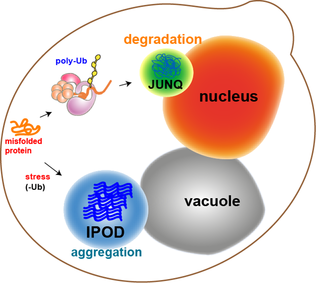 W
WJUNQ and IPOD are types of cytosolic protein inclusion bodies in eukaryotes.
 W
WJeffrey Bryan Carroll is a scientific researcher in the field of Huntington's disease (HD). As a carrier of the abnormal gene that causes HD, he is also a public advocate for families affected by the disease, and co-founder of the HD research news platform HDBuzz. His life and work were the subject of a 2011 Gemini award-nominated CBC documentary feature. Carroll is an Associate Professor of neuroscience in the Department of Psychology at Western Washington University.
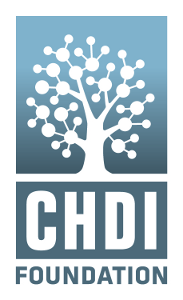 W
WThe CHDI Foundation, Inc., is a United States-based non-profit biomedical foundation that aims to "rapidly discover and develop drugs that delay or slow the progression of Huntington's disease", a neurodegenerative genetic disorder that affects muscle coordination and leads to cognitive decline.
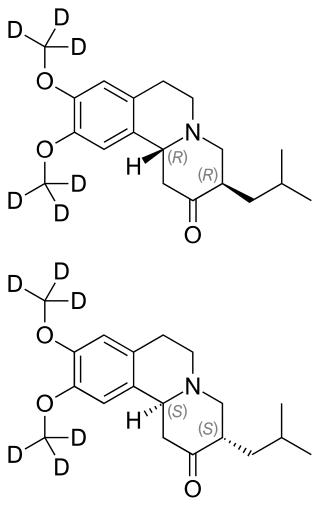 W
WDeutetrabenazine is a vesicular monoamine transporter 2 inhibitor which is used for the treatment of chorea associated with Huntington’s disease and tardive dyskinesia.
 W
WWoodrow Wilson "Woody" Guthrie was an American singer-songwriter, who is considered to be one of the most significant figures in American western folk music. His music, including songs such as "This Land Is Your Land", has inspired several generations both politically and musically.
 W
WMichael R. Hayden, is a Killam Professor of Medical Genetics at the University of British Columbia and Canada Research Chair in Human Genetics and Molecular Medicine. Hayden is best known for his research in Huntington disease (HD).
 W
WHumanin is a micropeptide encoded in the mitochondrial genome by the 16S ribosomal RNA gene, MT-RNR2. Its structure contains a three-turn α-helix, and no symmetry.
 W
WThe huntingtin gene, also called the HTT or HD gene, is the IT15 gene, which codes for a protein called the huntingtin protein. The gene and its product are under heavy investigation as part of Huntington's disease clinical research and the suggested role for huntingtin in long-term memory storage.
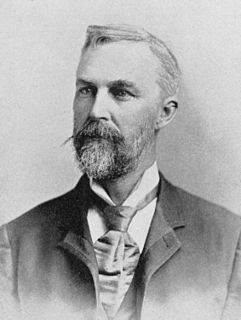 W
WGeorge Huntington was an American physician who contributed a classic clinical description of the disease that bears his name – Huntington's disease.
 W
WThe Huntington's disease Outreach Project for Education at Stanford (HOPES) is a student-run project at Stanford University dedicated to making scientific information about Huntington's disease (HD) more readily accessible to patients and the public. Initiated by Professor William H. Durham in 2000, HOPES is a team of faculty members and undergraduate students at Stanford that surveys the rapidly growing scientific and clinical literature on Huntington's disease. They then present this information in a web resource that reflects the current scientific understanding of HD.
 W
WThe Huntington's Disease Society of America is a US non-profit organization dedicated to improving the lives of those affected by Huntington's disease, an incurable, genetically transmitted degenerative disease of the nervous system that affects movement, thinking, and some aspects of personality.
 W
WIonis Pharmaceuticals is a biotechnology company based in Carlsbad, California that specializes in discovering and developing RNA-targeted therapeutics. The company has 3 commercially approved medicines: Spinraza (Nusinersen), Tegsedi (Inotersen), and WAYLIVRA and has 4 drugs in pivotal studies: tominersen for Huntington’s disease, tofersen for SOD1-ALS, AKCEA-APO(a)-LRx for cardiovascular disease, and AKCEA-TTR-LRx for all forms of TTR amyloidosis.
 W
WIt's a Bird... is a 2004 graphic novel released by DC Comics under its mature-readers Vertigo imprint. Written by Steven T. Seagle, with art by Teddy Kristiansen, it is an autobiographical book that chronicles Seagle's thoughts as he tries to work out a new approach in one of the world's most popular characters, Superman while dealing with the "family secret" which has come back to the forefront.
 W
WThe Journal of Huntington's Disease is a quarterly peer-reviewed scientific journal in neuroscience that covers all aspects of Huntington's disease and related disorders. It was established in 2012 and is published by IOS Press. The editors-in-chief are Blair Leavitt and Leslie Thompson.
 W
WJan A. Nolta is an American scientist and the director of the stem cell program at the UC Davis School of Medicine and Institute for Regenerative Cures. She is Scientific Director for the UC Davis Good Manufacturing Practice and editor of the journal Stem Cells. Nolta is known for her work with stem cell-related regenerative medicine. Nolta's current research focuses on treatment of Huntington's disease using mesenchymal stem cells. She was elected a AAAS Fellow in 2013.
 W
WPaul H. Patterson was a neuroscientist and the Anne P. and Benjamin F. Biaggini Professor of Biological Sciences at the California Institute of Technology.
 W
WPridopidine is an orally bioavailable small molecule investigational drug candidate. It is a highly selective Sigma-1 Receptor (S1R) agonist. The S1R regulates key cellular processes relevant to neurodegenerative diseases, such as calcium homeostasis, cytoskeleton dynamics, restoring mitochondrial health and neurotrophic factor release. S1R is implicated in cellular differentiation, neuroplasticity, neuroprotection, and cognitive functioning of the brain.
 W
WCharles Sabine, is a television journalist who worked for NBC News for 26 years, before becoming a spokesman for patients and families suffering from degenerative brain disease.
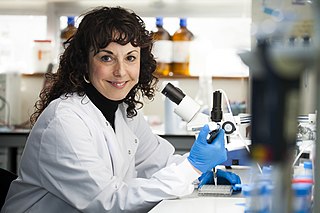 W
WSarah Joanna Tabrizi FMedSci is a British-Iranian neurologist and neuroscientist in the field of neurodegeneration, particularly Huntington's disease. She is a Professor and Joint Head of the Department of Neurodegenerative Diseases at the UCL Institute of Neurology; the founder and Director of the UCL Huntington's Disease Centre; a Principal Investigator at the UK Dementia Research Institute at UCL; and an Honorary Consultant Neurologist at the National Hospital for Neurology and Neurosurgery, Queen Square, London, where she established the Multidisciplinary Huntington's Disease Clinic. The UCL Huntington’s Disease Centre was officially opened on 1 March 2017 by UCL President and Provost Professor Michael Arthur.
 W
WTetrabenazine is a drug for the symptomatic treatment of hyperkinetic movement disorders. It is sold under the brand names Nitoman and Xenazine among others. On August 15, 2008, the U.S. Food and Drug Administration approved the use of tetrabenazine to treat chorea associated with Huntington's disease. Although other drugs had been used "off label," tetrabenazine was the first approved treatment for Huntington's disease in the U.S. The compound has been known since the 1950s.
 W
WRemy "Thirteen" Hadley, M.D., is a fictional character on the Fox medical drama House, portrayed by Olivia Wilde. She is part of the new diagnostic team assembled by Dr. Gregory House after the disbanding of his previous team in the third-season finale. The character's nickname derives from the episode "The Right Stuff", when she is assigned the number during a competition for her position at the Princeton-Plainsboro Teaching Hospital.
 W
WThe UCL Queen Square Institute of Neurology is an institute within the Faculty of Brain Sciences of University College London (UCL) and is located in London, United Kingdom. Together with the National Hospital for Neurology and Neurosurgery, an adjacent facility with which it cooperates closely, the institute forms a major centre for teaching, training and research in neurology and allied clinical and basic neurosciences.
 W
WNancy Wexler FRCP is an American geneticist and the Higgins Professor of Neuropsychology in the Departments of Neurology and Psychiatry of the Columbia University College of Physicians and Surgeons, best known for her involvement in the discovery of the location of the gene that causes Huntington's disease. She earned a Ph.D. in clinical psychology but instead chose to work in the field of genetics.
 W
WXJB-5-131 is a synthetic antioxidant. In a mouse model of Huntington's disease, it has been shown to reduce oxidative damage to mitochondrial DNA, and to maintain mitochondrial DNA copy number. XJB-5-131 also strongly protects against ferroptosis, a form of iron-dependent regulated cell death.